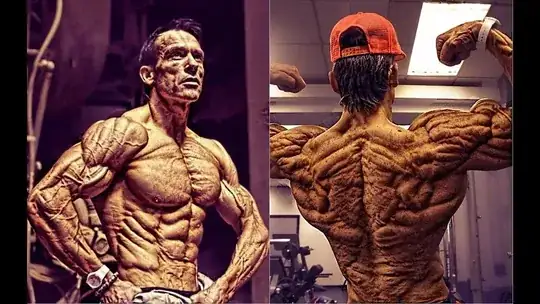From further investigations I see that someone came with an idea that gives support to my theory that elves don't have body fat.
Their idea was that Elves store their energy as ethanol in their blood. This idea implies that Elves basically walk around with anti-freeze blood that can protect against infections better than normal blood while also making it so that Elves can't get drunk.
But another problem arises, people with low body fat tend to look like road maps,cause even if there are small muscles below the skin, if there is 0 fat to cover it then even the smallest muscles are perfectly visible.

So, How can Elves have 0% body fat and not look like some freaky walking road map?
